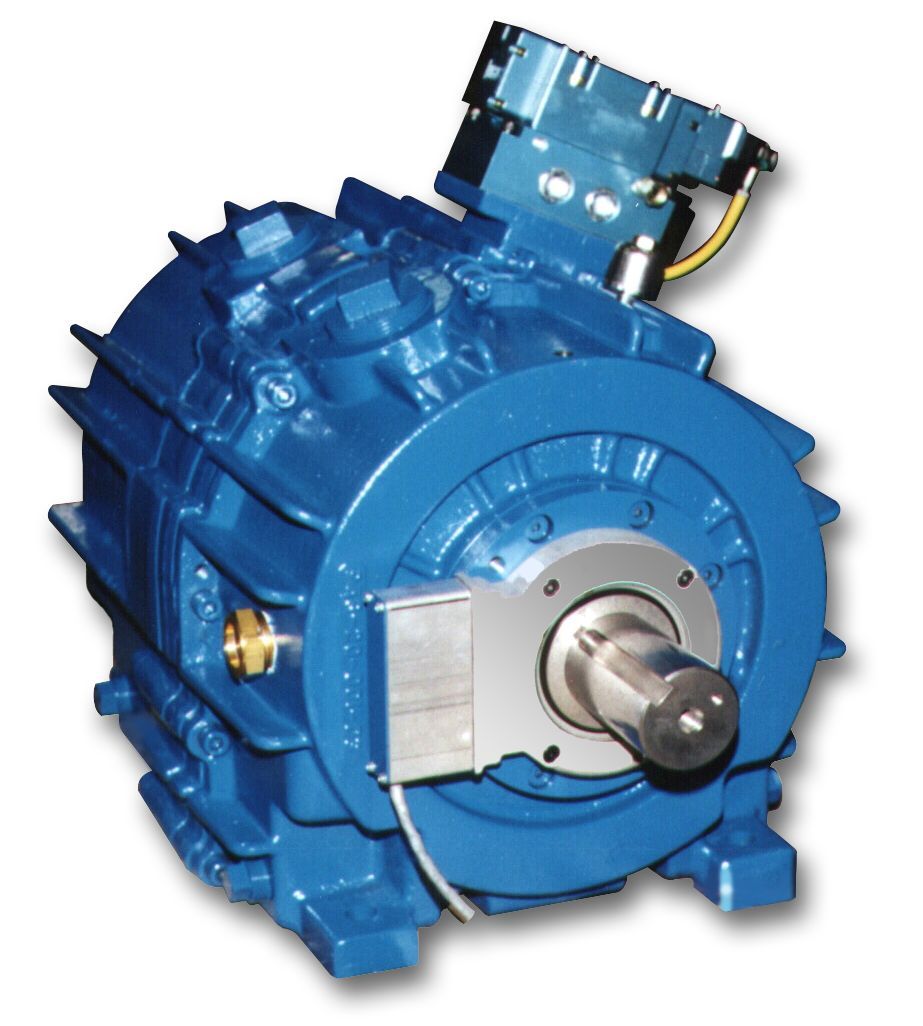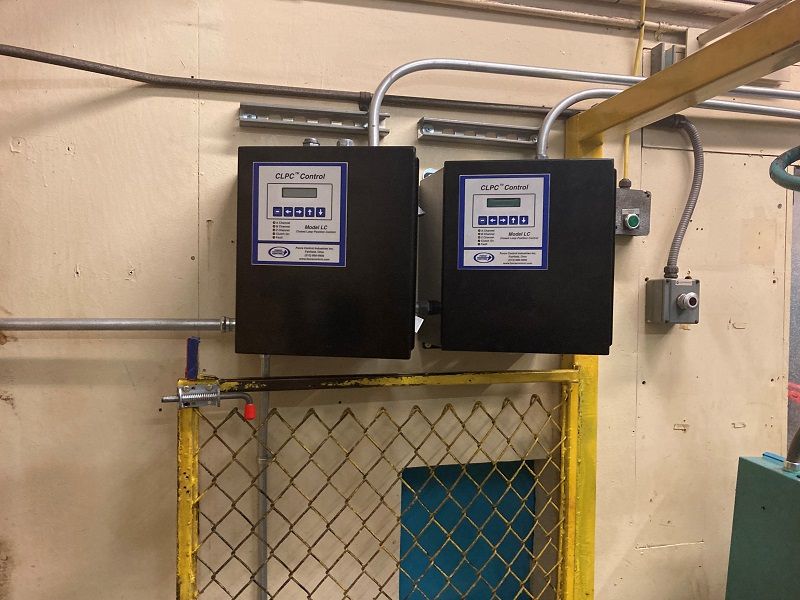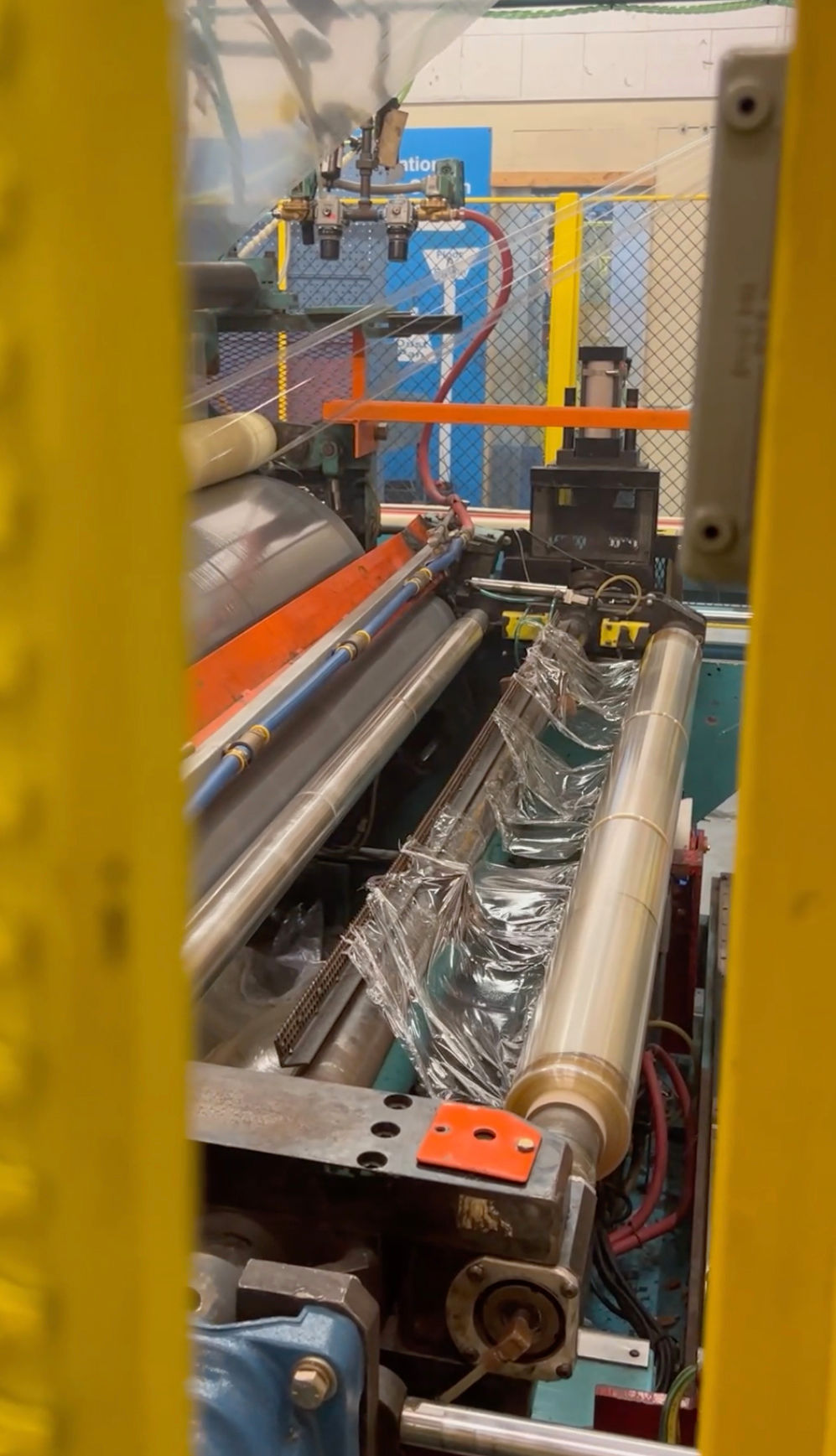Force Control Posidyne Clutch/Brakes Eliminate Downtime and Boost Blown Film Production
A worldwide manufacturer of many types of plastic has manufacturing facilities around the world, including one in the southeast that makes PVC stretch film. Imagine the film used to wrap meat at your local neighborhood grocery store, or that you might use to keep leftovers fresh for later in the week. Although the plant is designed for precision and automation, sometimes mechanical components derail those plans and require operator interaction to correct the components shortcomings. The clutch-brake on a turret winding system was not precise, which not only required operator interaction but also caused downtime. Replacing the dry clutch brakes with Force Control Oil Shear clutch brakes eliminated downtime, increased accuracy and repeatability, and slashed operator involvement – all while increasing throughout.
This facility has eight blown film extrusion lines. Clear plastic is extruded and blown into a bubble, then collapsed into a thin plastic sheet. This sheet then goes to a winding machine where it is wound into rolls on dual shaft turrets, each fitted with a clutch brake. One shaft is on the winding drum winding the plastic into rolls, while the other awaits its turn. When the winding roll trips a footage marker, the air-actuated clutch-brake engages and indexes the turret, flipping it away from the winding line and bringing the second shaft into the winding drum. At least that is the plan.

The previous air operated clutch brakes that were positioning the turrets were lacking precision and repeatability. So, an operator had to manually reposition the turret so that it could integrate into the next step of the downstream process.
“We were having so many issues when we would flip and index, we could never hit the same spot,” recalls the plant manager. Left unchecked, the inconsistency would wreak havoc with the downstream automation.
“Since the turret with the completed rolls was not level, it wouldn’t flow properly on the automated downstream equipment. Things would jam up.”





